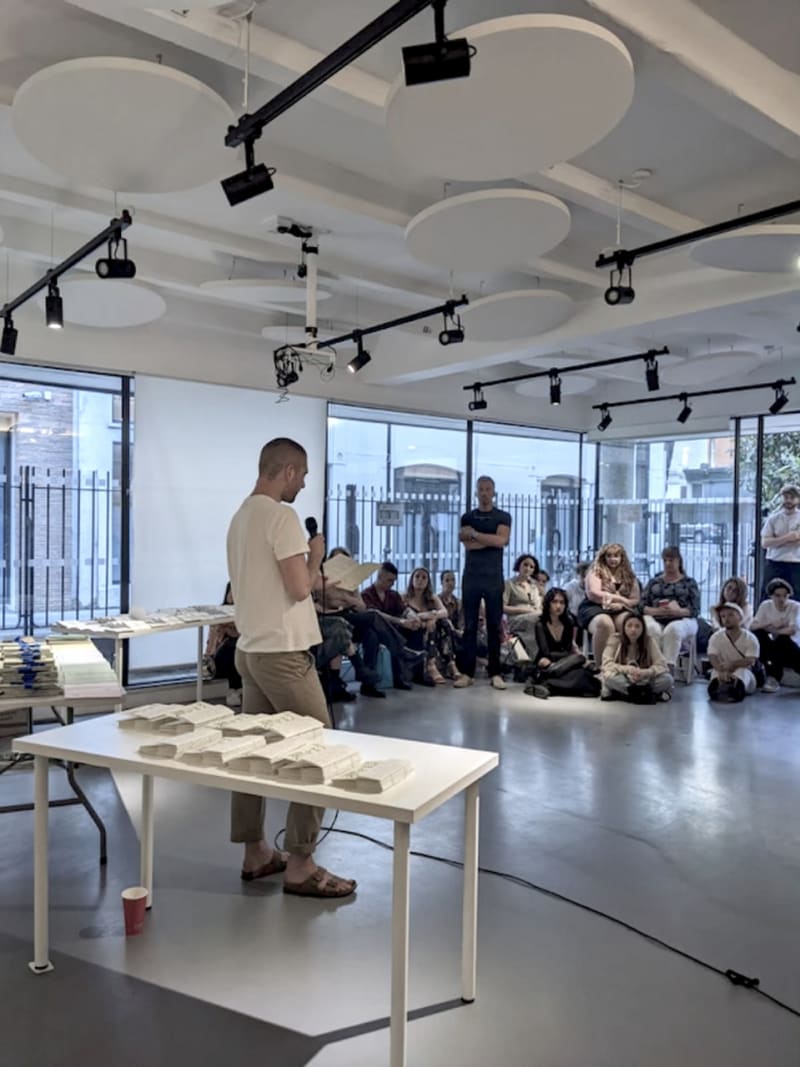I am a Danish writer, based between Copenhagen and London. I write fiction as well as creative non-fiction; the latter primarily on literature, art, architecture, and film. My writings often revolve around themes such as subjectivity, perspective, perception, memory, identity, and what happens when these constructs collide, collapse, or diverge inextricably. I am interested in the origins of the narrative, in writing stories inside stories inside stories, in meta-plots, and in exploring the blurry borders of reality and fiction and how they interrelate.
Mads Kirk


'Walking home from the café, I kept hearing these words in my mind. It is and it isn’t. It was such a simple way of putting it, an indulgent turn of phrase really, but, nevertheless, it kept resounding to me. It felt like a mantra, like a gate suddenly opened ajar. It is and it isn’t. Yes, I thought, those were the books I wanted to write. Books that both were and were not. Those lingering, for example, on the border of reality and fiction. At once serious and playful, never quite separating the two. Both personal and invented. Concurrently realistic and surreal. And maybe, in some sense, even more real due to their fictitiousness, due to this obvious invention which might just function, if achieved successfully, as a mirror of the human mind. Mirroring its habit of indulging in storytelling. Mirroring its understanding of life as something like a series of narratives loosely knitted together. Mirroring its many ways of making sense of the universe rather than mirroring a version of the actual universe, which is dull, colourless, static, a meaningless walk from birth to grave.
In other words, what I decided was that I desired to write a novel not merely curious about the human mind, but one which actively mimicked it.'




